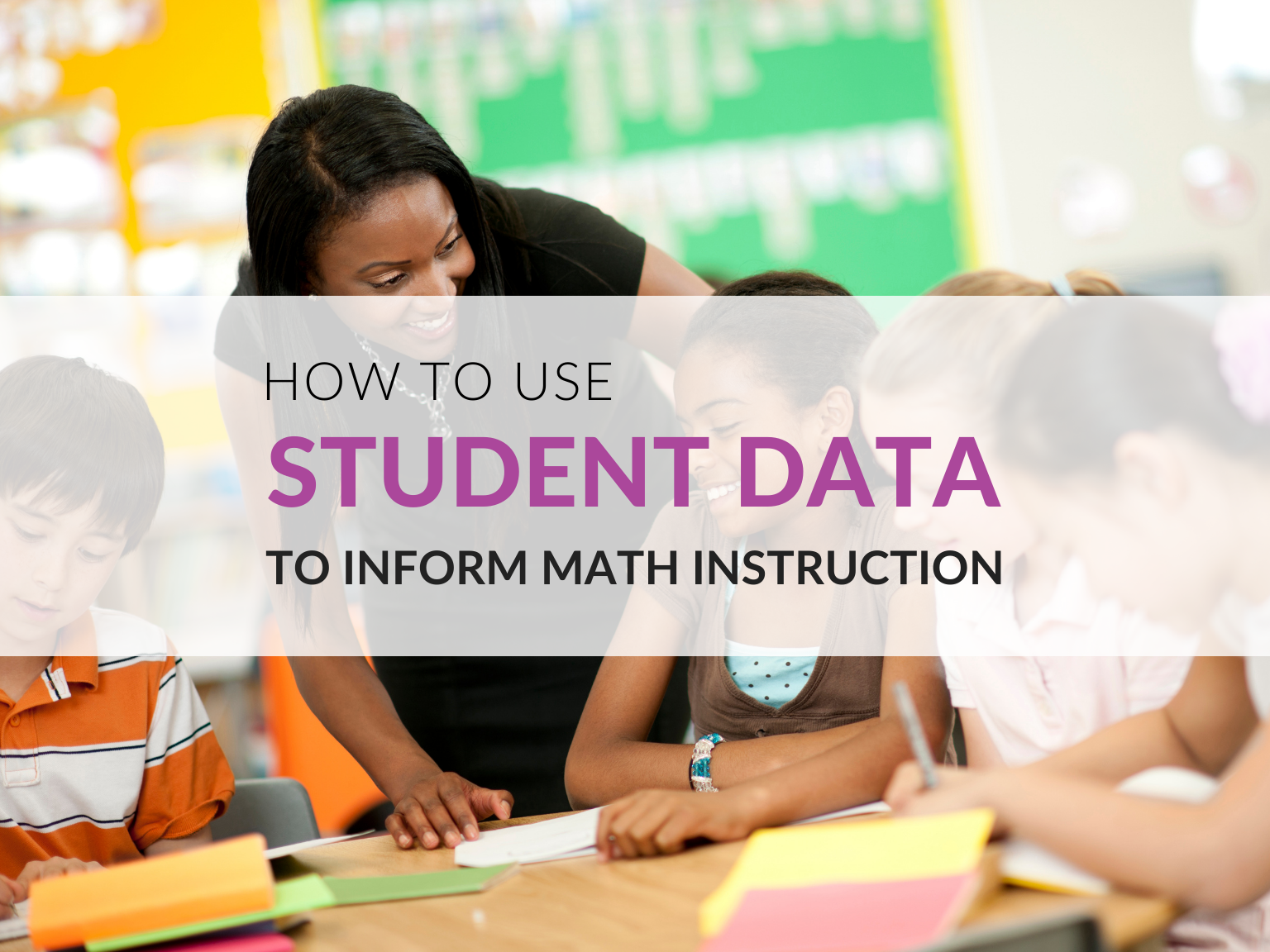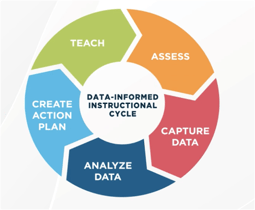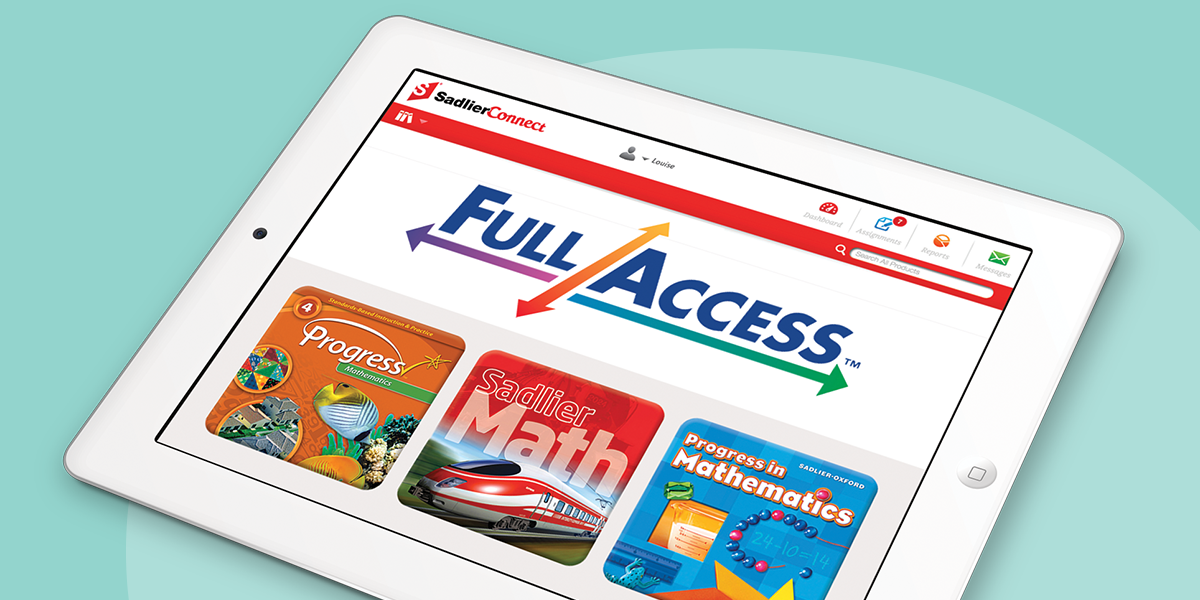1.800.221.5175
Mathematics
Sadlier PreK with Wiley Blevins
Knowledge-Building Early Childhood Program
Preview
|
Progress Mathematics
Grades K–8
Reading & Writing
From Phonics to Reading
Grades K–3
Building Reading Success with Wiley Blevins
Grades K–5
Vocabulary
Vocabulary Workshop, Tools for Comprehension
Grades 1–5
Vocabulary Workshop Achieve
Grades 6–12+
|




 Full Access is a comprehensive system for assessing and addressing student learning needs. Full Access outlines an ongoing process that provides the necessary resources for teachers to support their students in continuing their individual learning path: Assess, Capture Data, Analyze Data, Create an Action Plan, and Teach. Full Access includes:
Full Access is a comprehensive system for assessing and addressing student learning needs. Full Access outlines an ongoing process that provides the necessary resources for teachers to support their students in continuing their individual learning path: Assess, Capture Data, Analyze Data, Create an Action Plan, and Teach. Full Access includes: 

